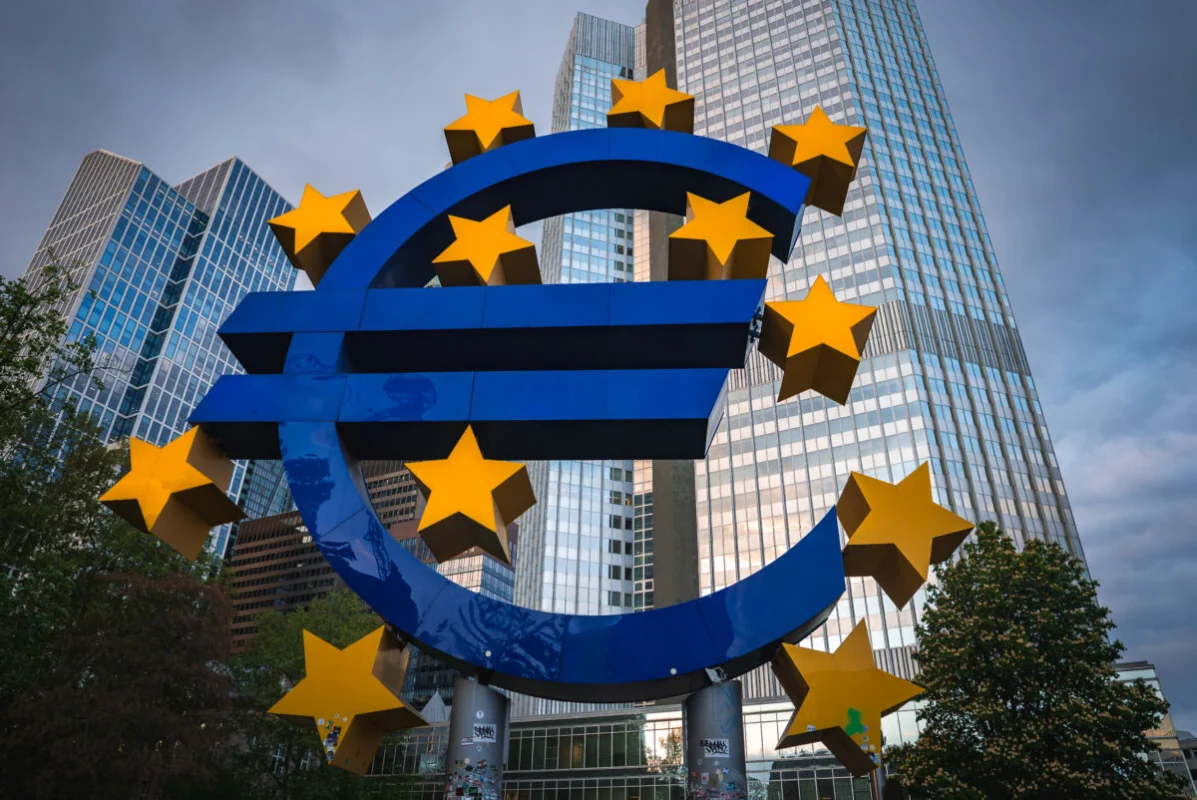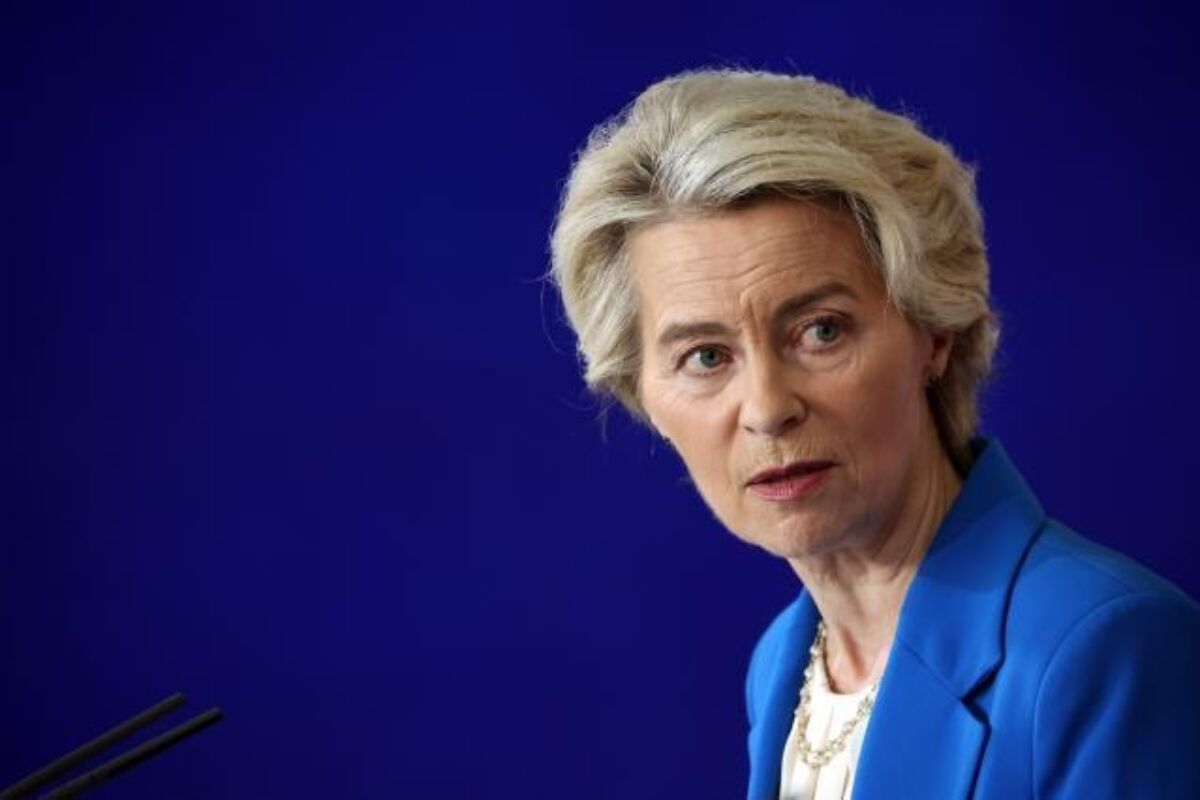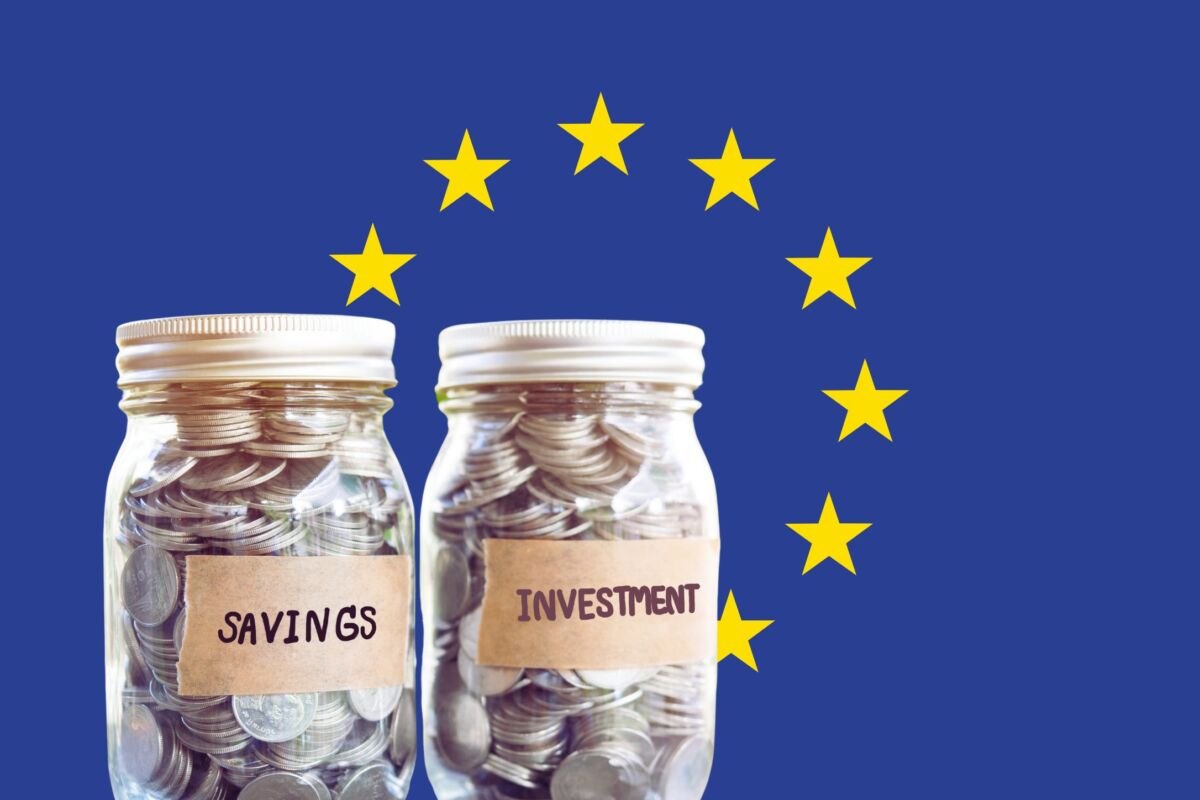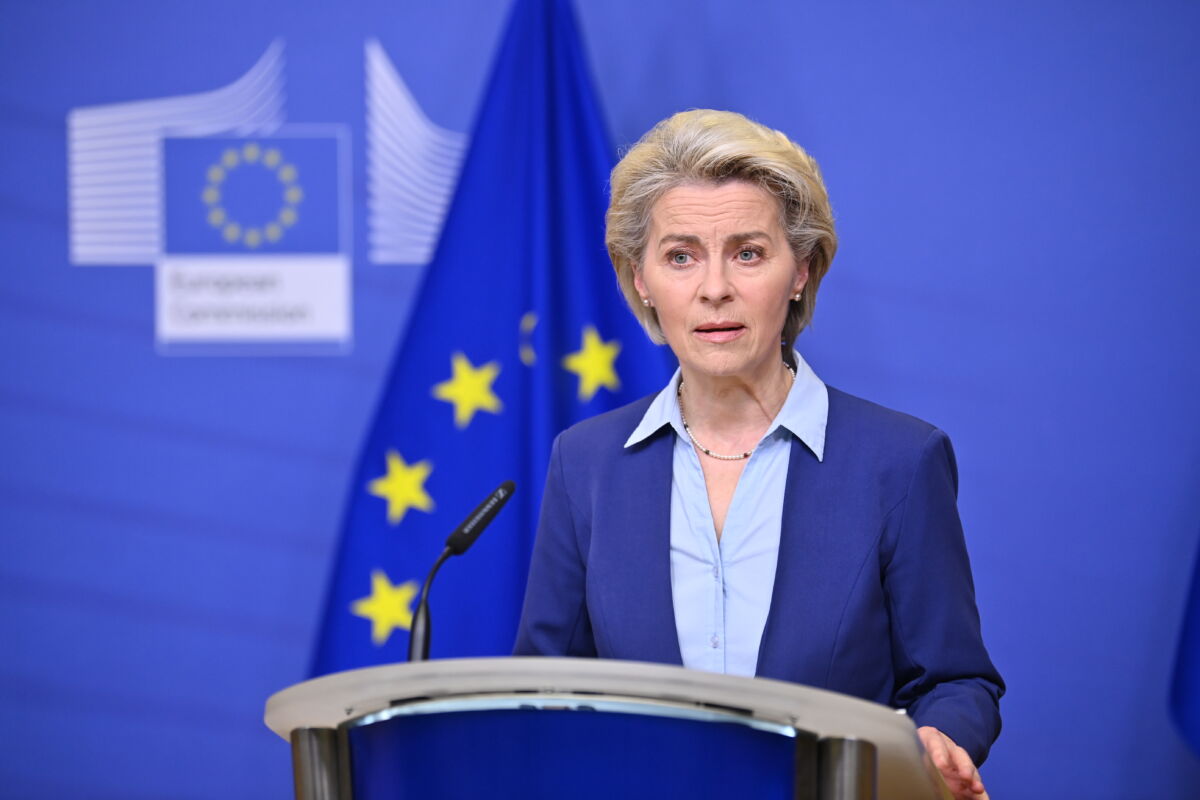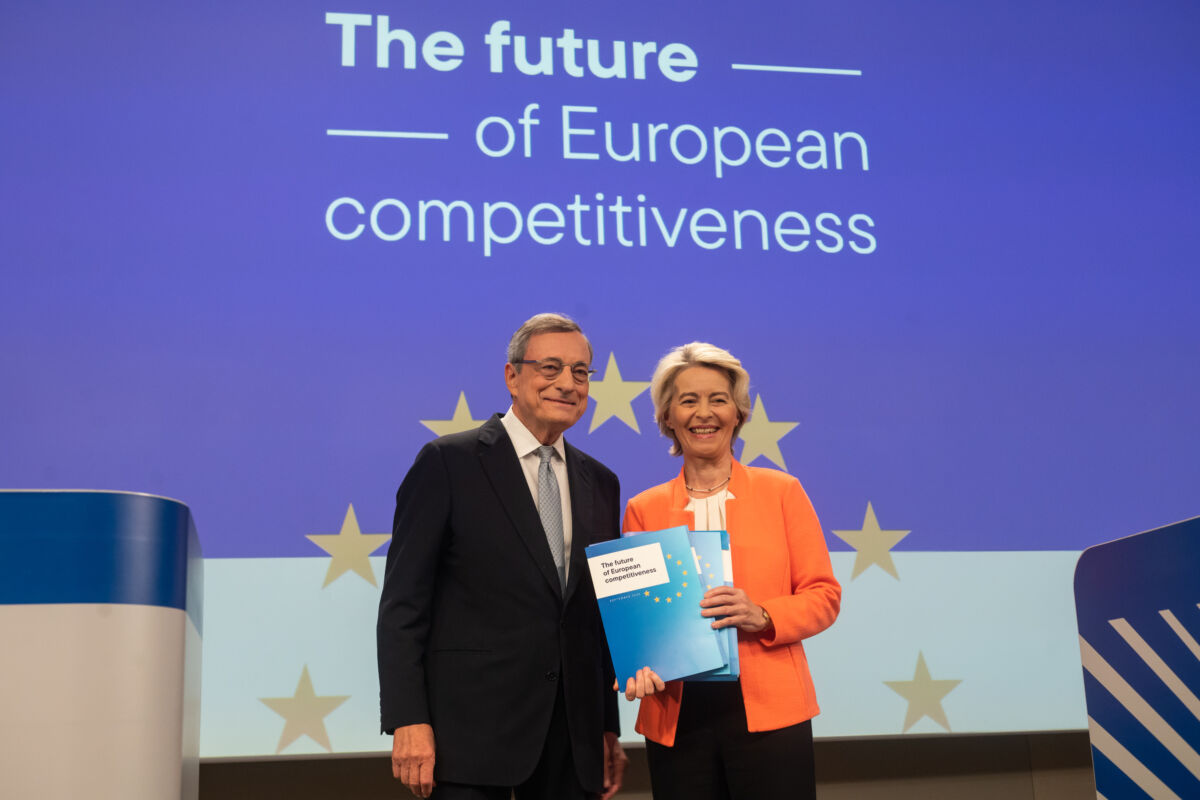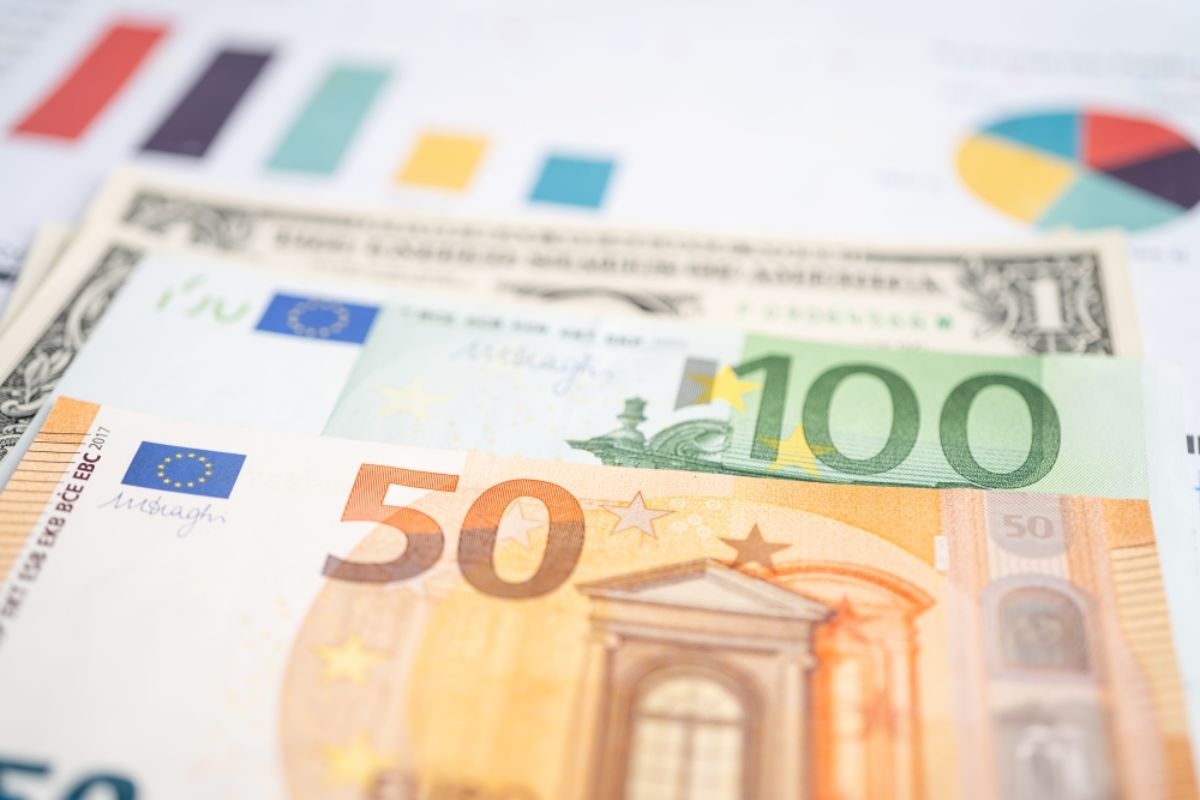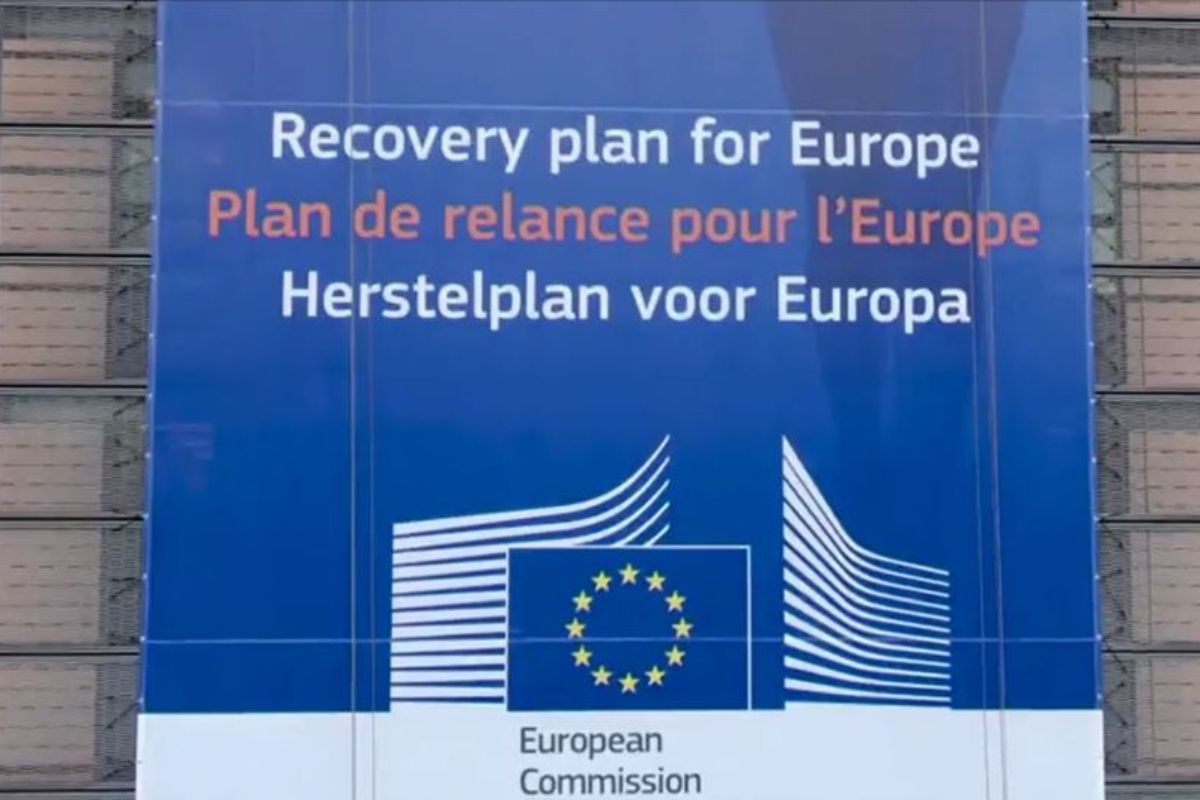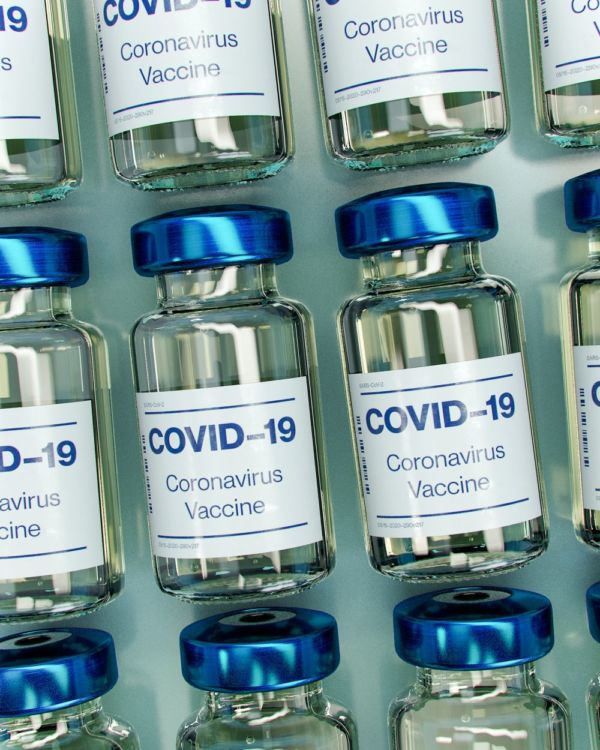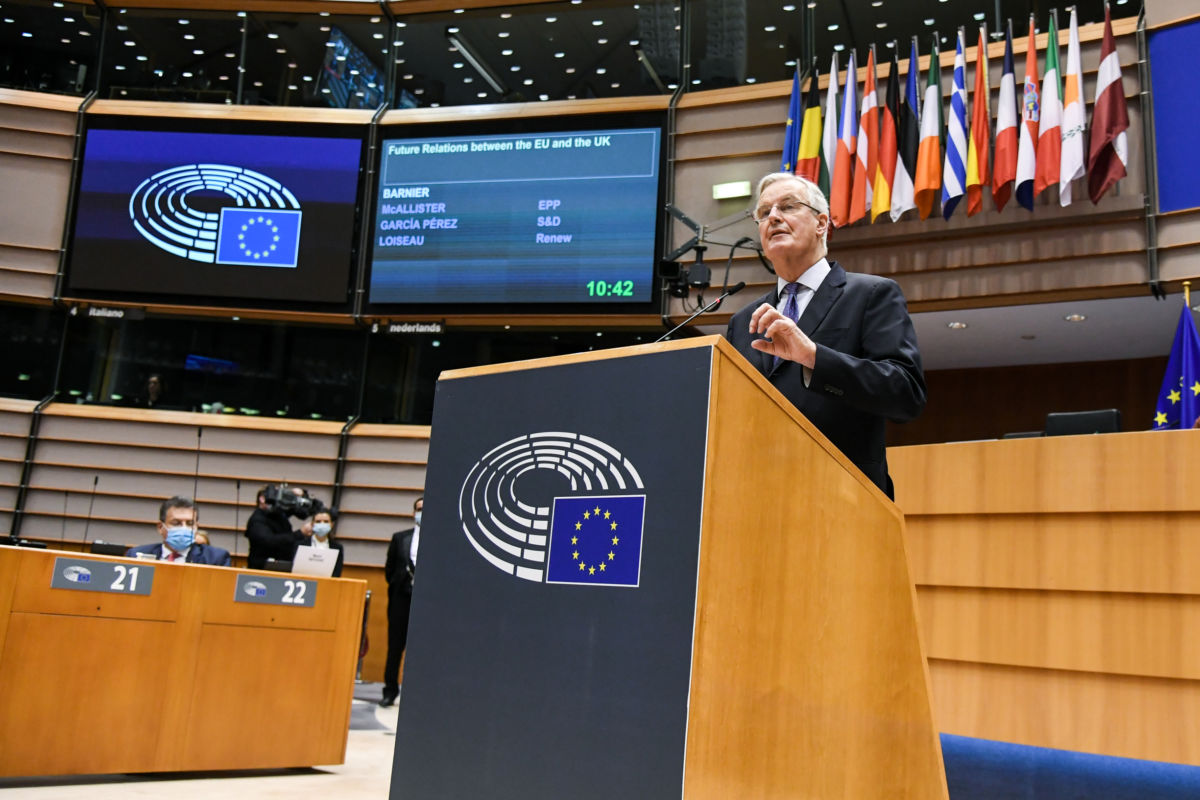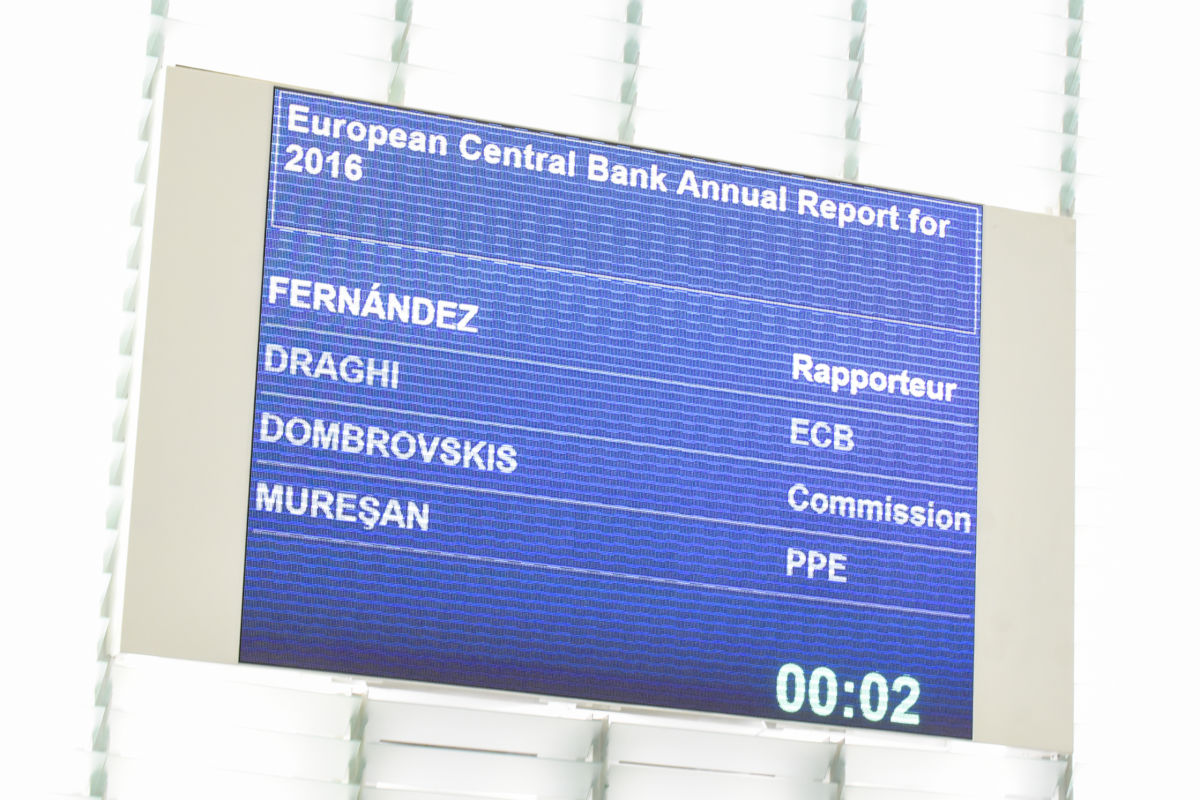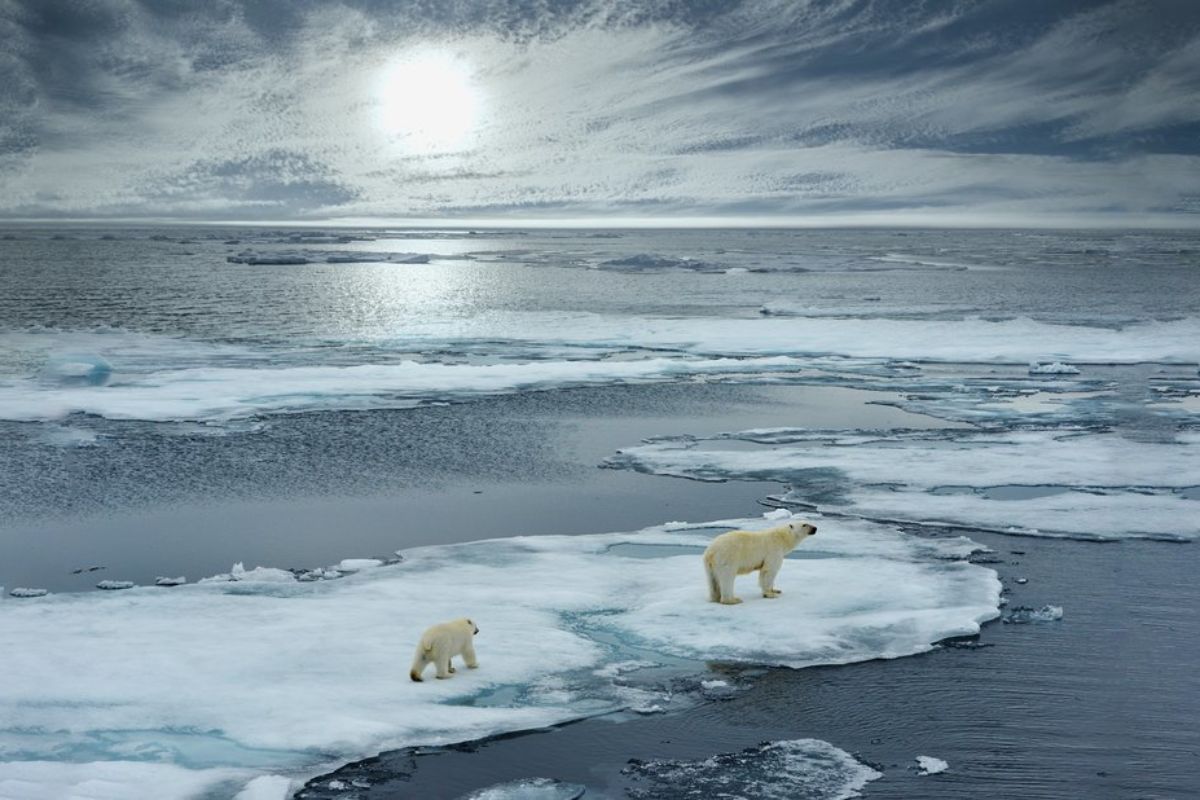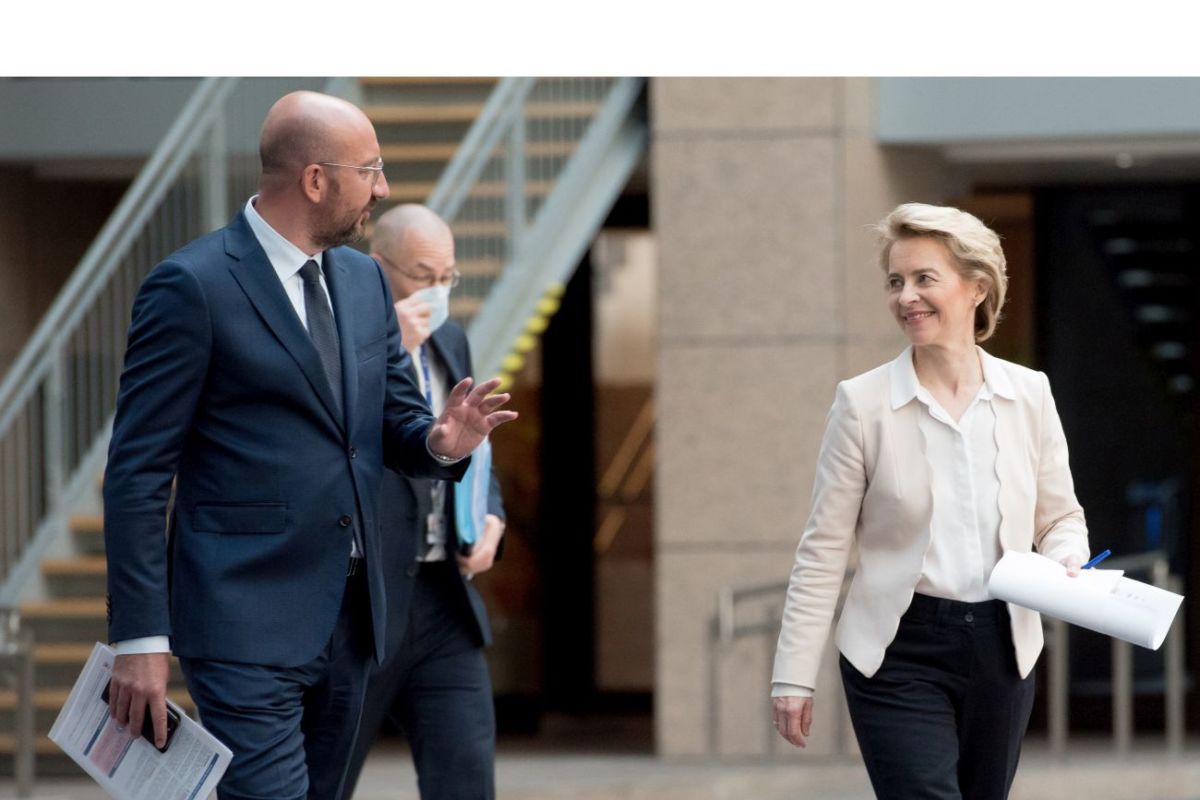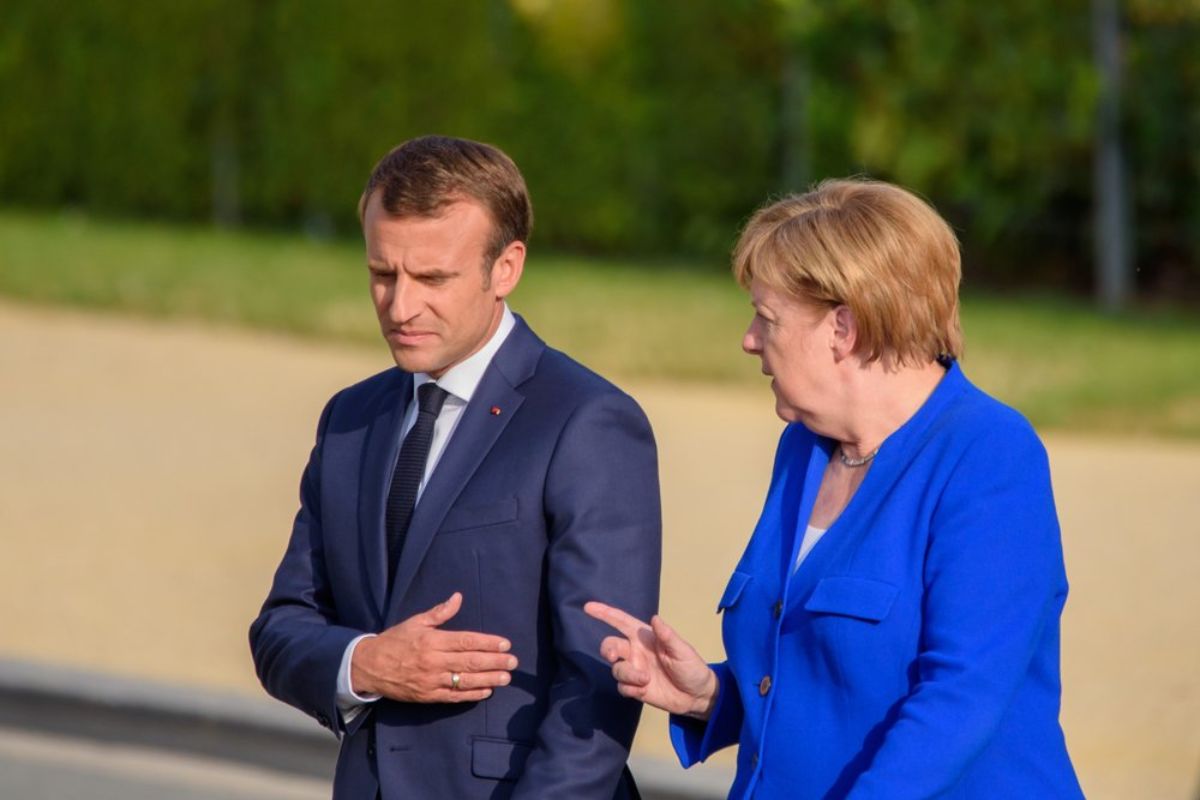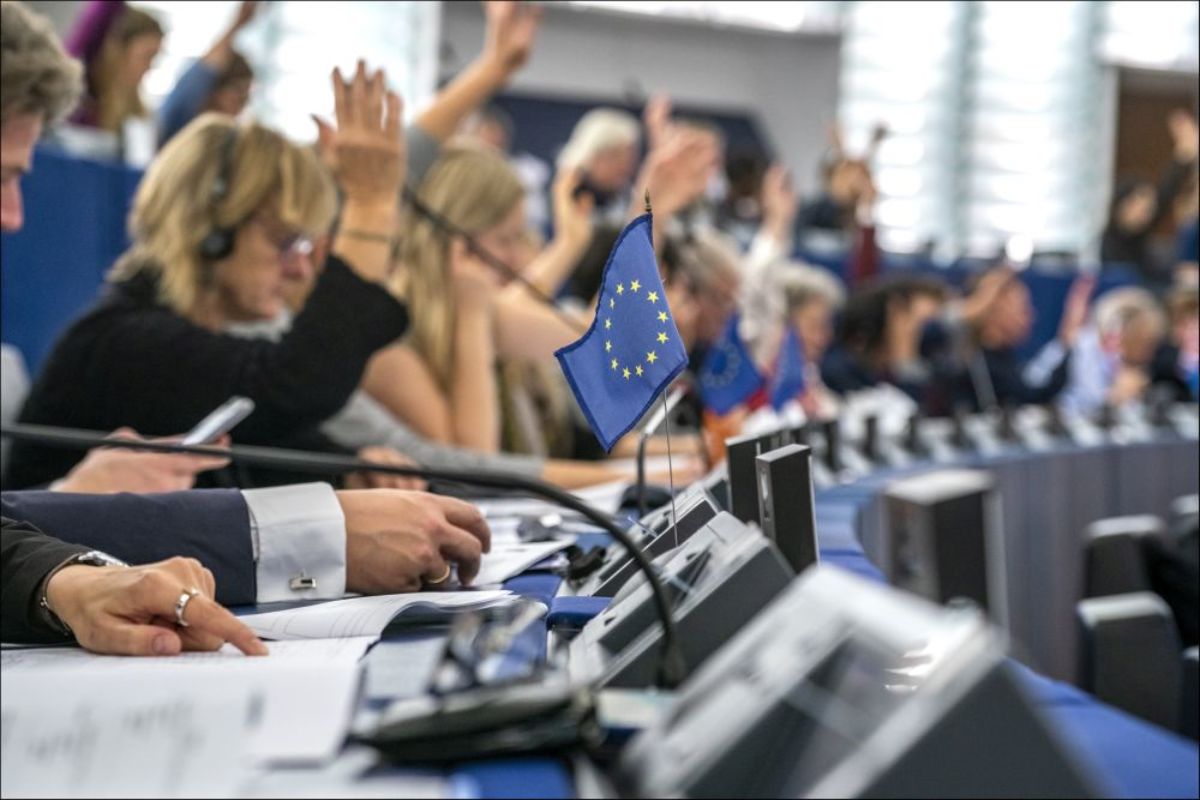Finalising the construction of the Nord Stream 2 pipeline has become a hotly contested issue that has put all sides in a ‘lose-lose’ situation. The German government is acting as though the pipeline were a vital national interest and the US (and some of Germany’s neighbours) fear that it will make Europe overly dependent on Russia.
An objective analysis of the economics of gas supplies suggests that both sides are vastly exaggerating the importance of this project. Concerns about the vulnerability of Europe’s gas supplies to political pressure could be addressed by creating a European (Supplementary) Strategic Gas Reserve.
The facts are as simple as the politics are complex: the Nord Stream 2 project involves the laying of a second string of an existing natural gas pipeline that connects the Russian gas terminal to a landing near the northeast German town of Greifswald. About 90% of the pipe has already been laid. The construction is planned and financed by a shell company based in the Swiss canton of Zug, whose sole shareholder is the Russian gas producer, Gazprom.
It is thus ostensibly a private-sector project, but clearly under the control of the Russian government. When finished, the pipeline would add about 55 billion cubic meters (bcm) per year of capacity from Russia to the EU market (compared to total EU gas imports of 400 bcm).
What is the ‘German’ interest in all this?
One should distinguish between the interests of the German government, German gas consumers and German corporate interests.
German corporate interest seems marginal now that there is only one German company left among the five European companies that together financed one half of the total cost of about €9.5 billion (close to US$11 billion).
If the cost of the pipeline is borne by Gazprom alone there should be no impact on the ultimate consumer, even if the project is not finalised. The risk, but also the benefits, would be for Gazprom only.
Any gas arriving through Nord Stream 2 would be subject to German regulatory requirements and European rules on unbundling, network access and cost regulation. It would thus enter an integrated European, not a German market.
What amounts are involved? The total sum already expended on the construction of 90% of the pipeline amounts to something in the region of €9 bn euro. Losing this amount would be a considerable sum for any single company, but negligible compared to the overall German or EU economy of trillions of euro annually.
If the project were to be completed, German and European consumers might benefit marginally because gas through Nord Stream 2 would be somewhat cheaper than alternative supplies. Moreover, there might a small but significant advantage in terms of not emitting greenhouse gases by using a new pipeline that has much lower loss rates (and energy needs) than LNG (liquefied natural gas) and the rather old pipeline running through Ukraine.
There are thus no substantial German interests involved in Nord Stream 2. Nevertheless, pronouncements by prominent politicians have given the impression that the German government is fully behind the project. This glaring contradiction weakens Germany’s international standing. It would be much better for the German government to adopt a truly neutral stance.
Does Nord Stream 2 endanger Europe’s energy security?
The status of Russia as the biggest supplier of natural gas to Europe is well known. The country already provides over one-third of Europe’s needs and this share is likely to increase.
But the focus on bilateral flows is misleading because the growth of the LNG market is eroding the importance of pipelines. This market has doubled over the last decade, creating a global market for natural gas – a market in which the US is participating with its own LNG exports to Europe. Shipping costs remain higher than for oil, and the liquidity of the market in response to short-term demand shifts is still limited, but the direction of travel is clear: LNG is a growing alternative to piped gas for Europe.
Moreover, Russia is already exporting some gas as LNG, including to Europe. In 2019 European LNG imports from Russia were actually larger than those from the US.
The existence of a global market for gas means that little would change if Nord Stream 2 were not completed. The gas that would then not be delivered directly to Germany might go through Ukraine, but it could also be exported from Russia via LNG tankers. It could then still arrive in Europe because it remains the nearest market. At a somewhat higher cost, Russian LNG exports could also displace other gas (maybe from the US or Qatar) in Asian markets. Europe would then import more LNG gas from these two suppliers.
Not finishing Nord Stream 2 would thus not diminish the dependence of Europe on gas imports – only the share imported via LNG would increase, a large part of which would probably still come from Russia.
In strictly economic terms the underlying issue is simply the difference in transport costs: how much less does it cost to transport Russian gas from the Yamal peninsula via pipeline than via transportation in LNG tankers? These cost savings are important for a single company (and in particular for Gazprom), but they are of second order in the macroeconomic picture. According to estimates by the International Association for Energy Economics (IAEE), the cost of LNG transport is about €25 to €50 per thousand cubic meter of gas. This would imply that Nord Stream 2 could save Gazprom between €1.25 and €2.5 billion per annum, if the pipeline were to be fully utilised.[1]
Moreover, the focus on gas pipelines appears exaggerated if one takes into account that Russia also constitutes the biggest supplier of crude oil to Europe, most of which also arrives via pipelines. However, these oil pipelines, especially the ‘Drushba system’ constructed under the Soviet Union era, have never attracted much public attention.
Finally, one needs to keep in mind that a pipeline creates a bilateral dependence: Russia depends on the EU remaining a reliable customer. The bilateral economic link is much more important for Russia since earnings from gas exports make up a significant portion of Russia’s overall export earnings (and the revenues of the Russian government) – but are only a tiny fraction of the European economy.
Furthermore, Europe already has an alternative source of supply in the form of free capacity for LNG imports. This means that Russia depends much more on the EU as a customer than the other way round. To achieve its own ‘gas market independence’ from Europe, Russia would need to construct a costly capacity to export LNG from facilities closer to fields near the Arctic Circle. With Nord Stream 2 it has less of an incentive to do so.
Does Nord Stream 2 hurt Ukraine’s national interest?
The fact that a large part of its gas exports go through Ukraine did not deter Russia from annexing Crimea and creating a frozen conflict in Donbas. It is thus not clear why a further drop in gas transit should negatively affect Ukrainian national security. Despite their mutual hostility, the two countries still managed to reach an agreement whereby Gazprom will pay transit fees between of $1.5 and $5 billion per annum until 2024.
Many US and European observers assume that the transit fees benefit ‘Ukraine’. In reality, these fees found their way into the pockets of oligarchs who siphoned off profits via shell companies and associated local companies. Some recent reforms, which began even before the election of President Zelensky, have improved the situation, as recognised in a report by the OECD. But the transit fees will remain a potential source of corruption, which remains engrained in the country’s energy sector, as noted by the Ukrainian anti-corruption agency. The country as a whole still ranks at the bottom of all indicators of good governance and corruption.
What is more, these fees have the typical ‘Dutch disease’ effect of hindering the emergence of a local export-oriented industry – which would constitute the only way Ukraine can grow on a sustained basis.
In terms of the goal of bringing Ukraine closer to Europe, and of reducing corruption, the loss of Gazprom transit revenues should be counted as a plus.
Ukraine no longer imports gas directly from Russia. The energy security of Ukraine is ensured by reverse flows from Western Europe towards Ukraine. But most of this gas (delivered from Slovakia to Ukraine) is actually Russian gas. Today, this gas arrives first through the Ukrainian transit pipeline into the EU and then returns. With Nord Stream 2 completed the flow would be somewhat more complicated (first to Germany, then through intra-EU Central European interconnectors and then back to Ukraine), but the substance would not change.
Conclusions
Overall, Nord Stream 2 is a footnote in the larger picture of a nascent global market for LNG. The facile ‘geopolitical’ argument that it makes Europe more dependent on Russia and hurts Ukraine does not withstand objective analysis.
The German government should therefore stop defending this project and Europe should create its own Supplementary Strategic Gas Reserve. Everybody can then forget about this pipeline at the bottom of the Baltic Sea.
[1] Basis for calculations: to arrive at an upper bound, one can use “shipping costs from the US to Asia, which can range from $0.88 to $2.25 per MMBtu, based on the range of LNG tanker day rates that have been experienced in the relatively recent past”. (U.S. Natural Gas (LNG) Exports: Opportunities and Challenges), see also www.iaee.org publications “LNG transport costs amount to about 1 – 2 USD per MMBTU”.
The author is grateful for all valuable comments from CEPS colleagues, in particular Christian Egenhofer.



